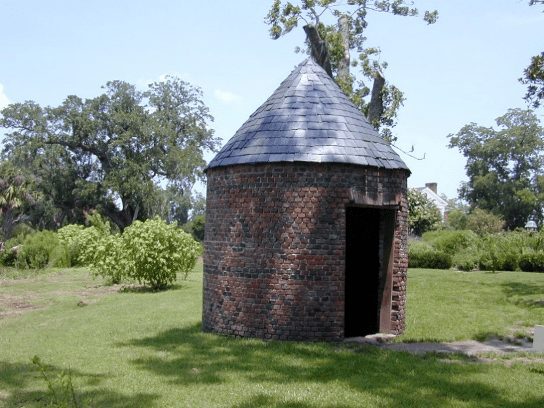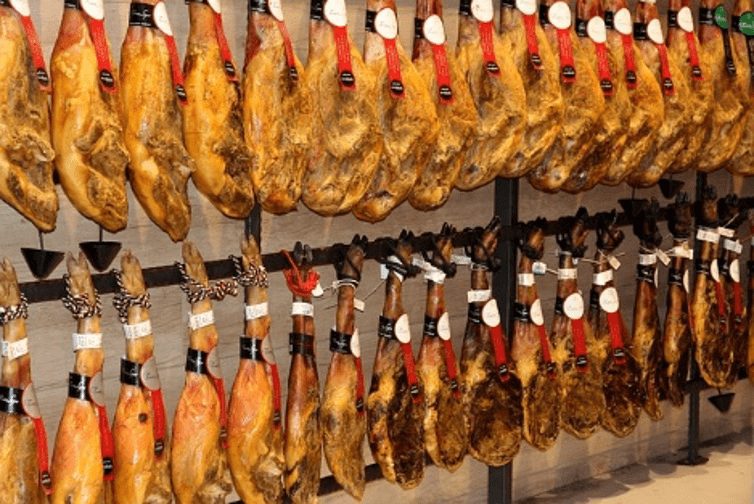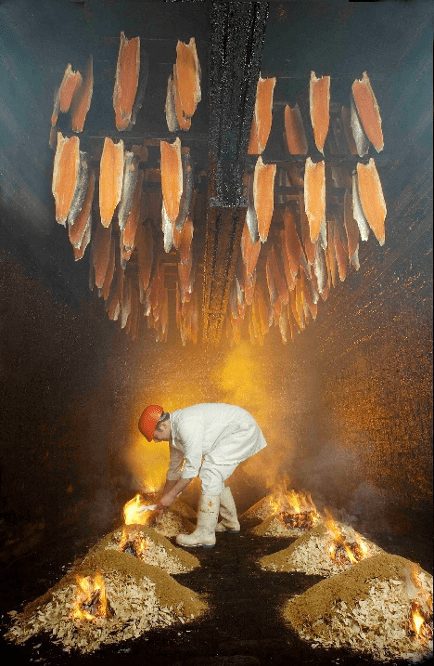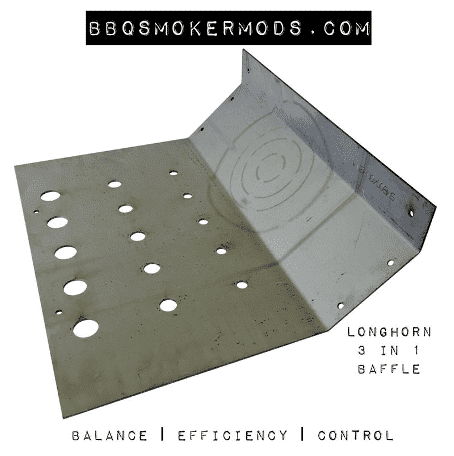Cold Smoking
This refers to the process of slowing smoking meat under low heat (around 90°F/32°C). The meat is not cooked, but absorbs the flavorsome smoke slowly over time. This process is used to preserve small or large pieces of meat, sometimes for very long periods of time.
Time spent in the smoker depends on the size of piece of meat you are smoking. A large ham could take a couple to several days to smoke fully. Once properly smoked and stored, a well cured and smoked ham can last years.
Smokers And Smoke Houses
Smokers can be made from a variety of reclaimed materials, so get creative. Purchase a commercial smoker if you wish, but the principle of smoking is simple and is easily achieved at home using common materials.
A Cold Smoker Or Smoke House Needs The Following:
A Fire Pit or Brazier: Here you will tend a small, smoky fire in a hole about 2 to 3 feet deep at least 8 feet away from the smokehouse or chamber. It can just be a hole lined with rocks, but it’s better if the chamber itself is a metal box. The pit must be covered with a board or metal sheet to dampen the fire and control the burn rate.

A Smoke Tunnel: This connects the smoke pit to the smoke chamber, allowing the smoke to cool on its way to the smoke chamber (so it doesn’t cook the meat).
Make a 6-inch hole in the side of the smoke pit and 12 inches from the top. Make a similar hole in the bottom of the smoke chamber. Connect the two using a piece of metal stove pipe or terracotta pipe (not plastic). Use an elbow joint to direct the pipe into the bottom of the smoke chamber.
This means the smoke chamber is buried in the ground, with the smoke rising from pit to chamber.

A Smoke Chamber: Here is where the action happens. This chamber should be large enough to fit the size meat you want to smoke. This could be a metal barrel, hard-wood barrel, old metal fridge (not modern plastic-lined fridge… hot plastic is toxic!), or other metal chamber.
Scrub the smoking unit thoroughly on the inside, as any old residue or paint could spoil your flavor or even harm your health. If in doubt, light a charcoal fire in the metal container to burn out any residue before cleaning.
Vent: The smoking process must be regulated; you need a way to control the release of smoke from the chamber. Put the vent at the top of the chamber to allow for best control of the smoke exiting.
There should be space for the meat to be hung without touching anything inside the chamber. Stainless steel wire shelves can also be used to lay the meat on.
 Fire: There’s no smoke without it! Arguably the most important part of the smoker is the fire itself. Use hardwood chips for the best flavor—never use soft woods, especially not pines, as toxic resins accumulate in pine chips.
Fire: There’s no smoke without it! Arguably the most important part of the smoker is the fire itself. Use hardwood chips for the best flavor—never use soft woods, especially not pines, as toxic resins accumulate in pine chips.
Remember: This is a cold smoke, so your fire must burn low and slow, with plenty of smoke.
You can start the fire in many ways…
- Some people put wood chips on a hot plate and smoke directly off of this.
- Some start a charcoal fire and then add the wood chips. Remember, if you are using an accelerant, only use barbecue lighter fluid, not gasoline.
- Traditionally in the United States, dried corn cobbs have been used successfully for centuries.
- Hickory, maple, and fruit free wood is often used, depending on your taste.
- Many people soak the wood chips to slow their burning and to create extra smoke.
- Consider putting a metal tray of water in the smoker to increase humidity for different textures.
Smoke Distribution is an important factor to consider. The meat should not touch other pieces or the chamber sides to allow for full circulation of smoke, and there should be enough room inside the smoker to allow the smoke to fully circulate before exiting through the roof.
If you have a large smoker, I recommend you build a baffle to force the smoke around the chamber for full distribution. This prevents smoke from simply flowing from the smoke tunnel straight out the top of the smoke chamber without penetrating the meat inside.
 A baffle can be made at home with a sheet of metal (or barrel lid) cut to fit inside the smoke chamber snugly. Drill small holes all over it and secure it several inches above where the smoke tunnel enters the chamber.
A baffle can be made at home with a sheet of metal (or barrel lid) cut to fit inside the smoke chamber snugly. Drill small holes all over it and secure it several inches above where the smoke tunnel enters the chamber.
Ensure the meat is above and not on the baffle. Smoke builds up under the baffle and diffuses through the holes, giving an even distribution to the smoke in the chamber.
Hygiene:
- Ensure the smoker is cleaned from time to time and that the metal racks or hanging hooks are scrubbed before each use.
- Make sure it is easy to put the meat in and out.
- Screen any air vents to prevent insects living in there.
- Ensure it is secure from animals—especially up through the smoke tunnel.
Refrigerate all hot smoked meat within two hours of smoking and consume within four days.
